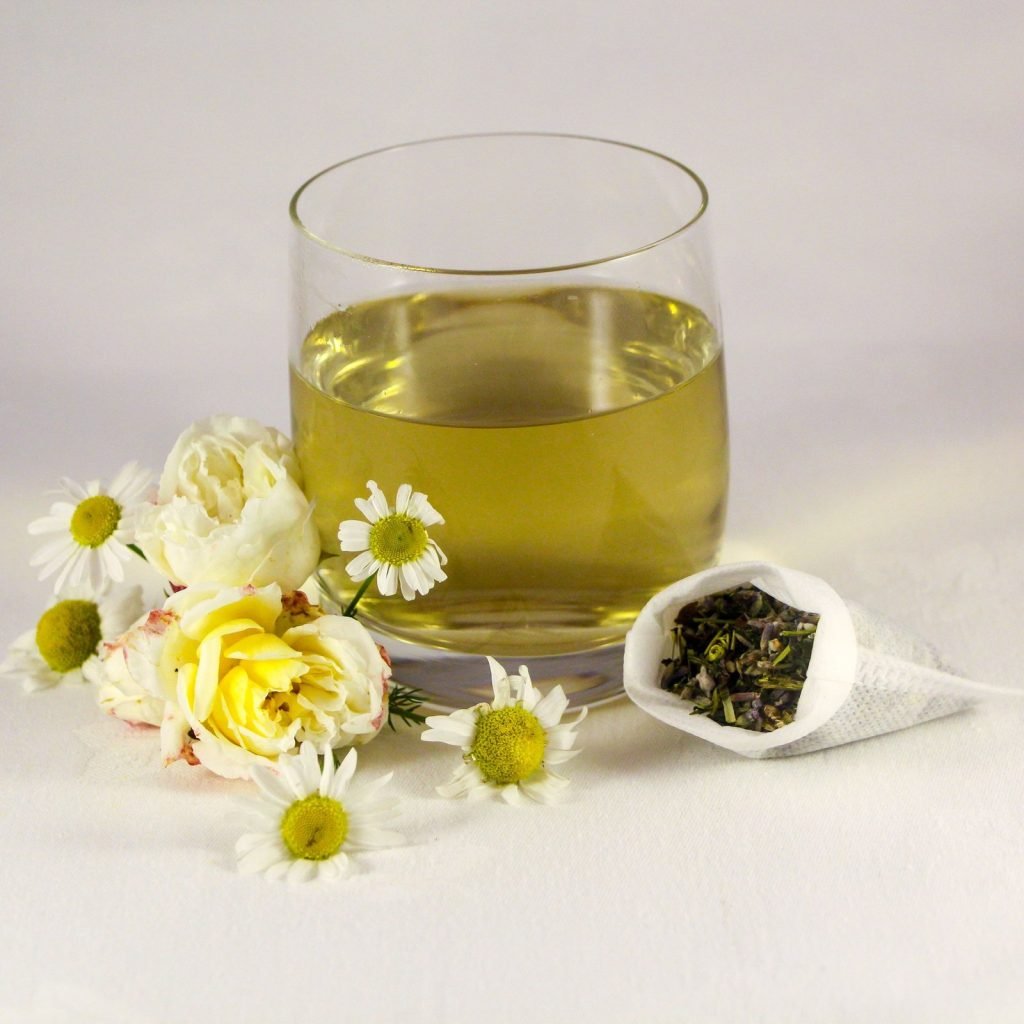Various people suffer from skin lesions due to various reasons. At some point in life, it has become important to know the causes of skin lesions and how to get rid of skin lesions. Sometimes, people start ignoring this problem and end up having surgical procedures to treat the skin condition. Before you spend a huge amount on your skin, it is suggested to identify if you are suffering from skin disease and get treated as soon as possible. In today’s blog, we’ll discuss what are types of skin lesions, what causes them, what you can do to get rid of them and much more about them. Let’s get started:
What are Skin Lesions?
Skin lesions can be because of acne, chickenpox, psoriasis, or several other skin conditions. A skin lesion is a skin part that may look different compared to the skin around it. Skin lesions can be categorized into two types: primary and secondary. If you don’t treat skin lesions, then it can cause several problems and may worsen the skin condition.
Conditions that Cause Skin Lesions
Skin lesions can be caused by various conditions. The following are some causes and types of skin lesions:
Acne
You may find acne on your face, shoulders, chest, neck and upper back. They may be composed of pimples, whiteheads, blackheads, nodules, and painful cysts. If it goes untreated, it may leave scars on your skin.
Cold Sores
A cold sore is a fluid-filled blister that may appear near your lips and mouth. The viruses named herpes simplex 1 (HSV-1) and herpes simplex 2 (HSV-2) can cause genital lesions and these oral lesions. These blisters can appear again in response to menstruation, stress, sun exposure or illness.
Actinic Keratosis
It is a crusty skin patch that appears on those body parts that get a lot of sun exposure.
Allergic Eczema
Allergic eczema causes itchy and red skin. It can appear on forearms and hands and may resemble a burn.
Impetigo
Impetigo causes fluid-filled blisters that may look like a honey-colored crust. It can be found in the area around the chin, mouth, and nose.
Contact Dermatitis
It can cause itchy, scaly, and red skin. It appears when your skin touched an irritating thing or substance. It also causes blisters that become crusty.
Chickenpox
Chickenpox can leave clusters of red, itchy and fluid-filled blisters on the body. The rash is followed by body aches, fever, loss of appetite, and sore throat.
Epidermoid Cysts
These types of cysts can be found on the neck, face, or torso. They may cause pain and pressure. They are noncancerous and filled with the protein keratin.
What are the Types of Skin Lesions?
Two types of skin lesions are there: primary and secondary.
Types of primary skin lesions
Blisters
Macules
Nodules
Papules
Rashes
Pustules
Types of secondary skin lesions
Scales
Crusts
Scars
Skin atrophy
Ulcers
What do Skin Lesions look like?
The appearance of skin lesions varies tremendously. Others are flat, while some are raised. They can be a variety of hues and materials, as well as round or irregular in shape. The fact that skin lesions differ in appearance from the surrounding skin is the most crucial thing to understand about them.
How to Get Rid of Skin Lesions?
Treatment would be based on the causes and conditions of skin lesions. A doctor will analyse your skin condition, type of lesion, and your health history to suggest the right treatment option.
Medications
Topical medicines are frequently used as first-line treatments to reduce inflammation and prevent the damaged area. Moreover, mild symptom relief from skin lesion-related discomfort, itching, and burning can be achieved using topical medications. You might be suggested to take oral drugs to treat the symptoms of the disease, such as skin lesions if your skin lesions are caused by systemic illness like chickenpox or shingles.
Surgery
To treat and relieve skin lesions, they are routinely punctured and drained. Moles that are suspicious-looking and have changed over time may need surgical removal. Hemangiomas, a type of birthmark, are developed by abnormal blood vessels. This type of birthmark can be removed with the help of laser surgery. You can seek help from a doctor to get recommendations about treatment options for skin lesions.
Which of the following is used to identify spirochetes in skin lesions in early syphilis?
Bright-field microscopy
DNA fingerprinting
Phase-contrast microscopy
Dark-field microscopy
Well, option 4, i.e. Dark-field microscopy is used to identify spirochetes in skin lesions in early syphilis.
How to Remove Skin Lesions Yourself?
If you are struggling with any kind of skin lesion, it is suggested to seek help from a healthcare professional. You need to leave skin lesion removal to professionals. According to experts, home remedies can worsen skin conditions and even cause skin ulcers when you use any home remedy.
Conclusion
The blog highlights key points regarding skin lesions, their types, skin conditions that cause skin lesions, and possible treatment options. It is suggested not to try any home remedy on skin lesions without a prescription from a doctor. Moreover, you can subscribe to Personal Care N Heal to get updates on such types of blogs.



